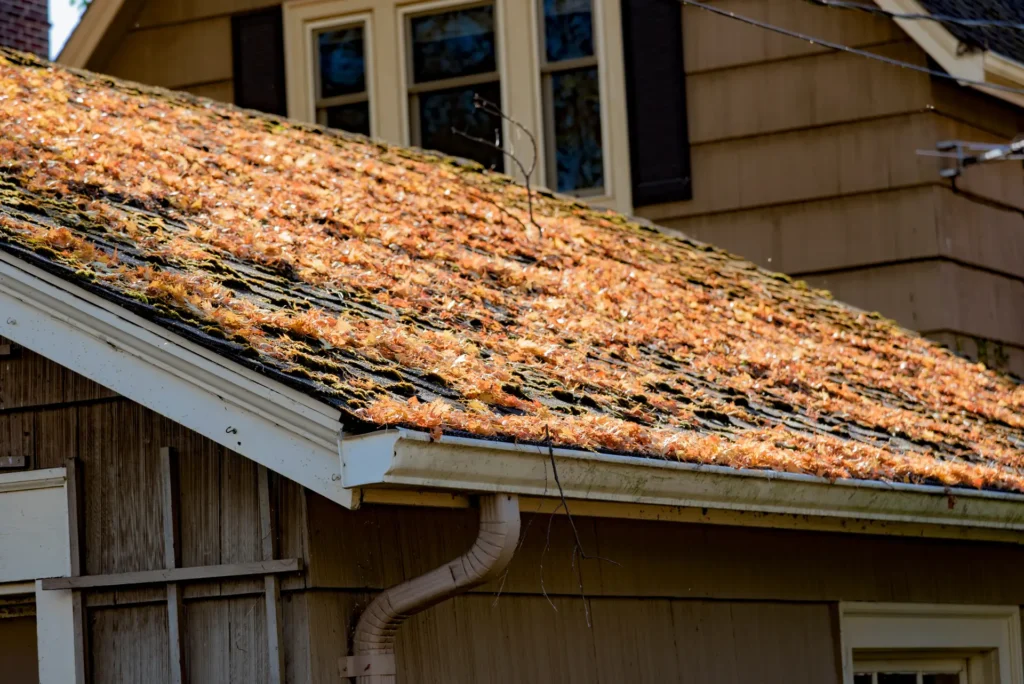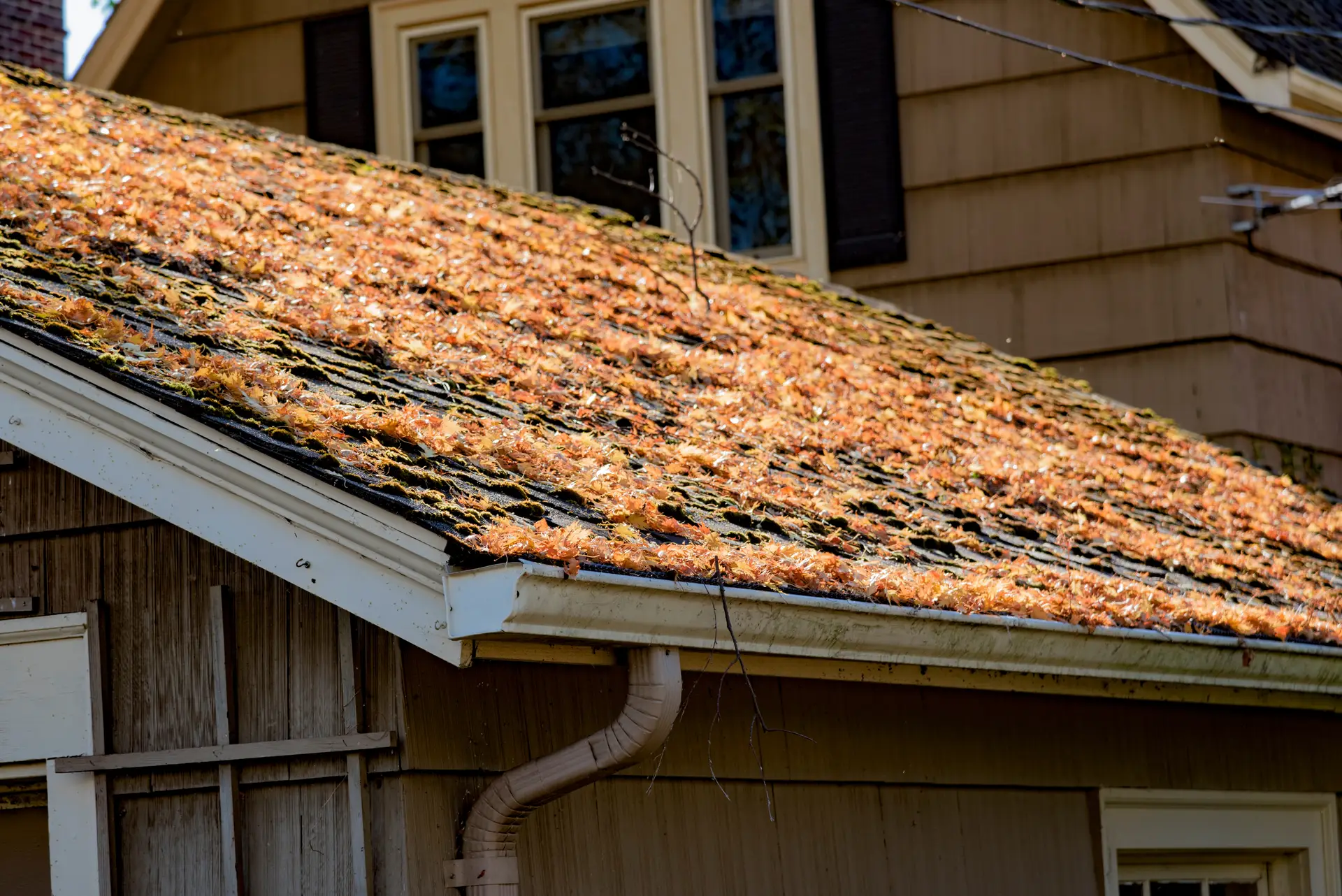Seasonal Maintenance Tips to Extend Your Roof’s Lifespan
Introduction
Seasonal roof maintenance is not just a recommendation; it’s a necessity for safeguarding the integrity of your home. As seasons change, so do the environmental demands on your roof, each bringing its own set of challenges that can impact your roof’s condition and longevity. Understanding how to maintain your roof year-round can prevent costly repairs and extend its life significantly. Emphasize the cost-effectiveness of preventive roof maintenance compared to emergency repairs. Explain how seasonal maintenance supports the warranty requirements of many roofing systems.

Understanding Roof Basics
Different roofing materials—from asphalt shingles to metal and tiles—have varied maintenance needs. Regular inspections are crucial to detect early signs of damage and address them promptly, preventing minor issues from escalating into major repairs. Describe the typical signs of aging for different roofing materials and what homeowners should monitor over time. Explain the role of the roof structure, including decking and underlayment, in overall roof health.
Spring Maintenance
The aftermath of winter can leave your roof vulnerable to damage. Begin by inspecting for cracked or missing shingles, potential leaks, and other structural issues. Clean gutters and downspouts to ensure they are free from debris, which can prevent water damage as spring rains begin. Discuss the importance of checking for damage from animals or pests that may have occurred during the colder months. Offer advice on checking for loose or damaged sealant around chimneys and vent stacks.
Summer Maintenance
Summer brings heat and UV exposure that can cause roofing materials to expand and potentially warp. Check for signs of heat-related damage, such as blistering shingles or warped panels. Ensure your attic is well-ventilated and insulated to mitigate the effects of high temperatures. Provide tips for managing vegetation and tree limbs that might pose a risk to the roof during summer storms. Discuss the benefits of professional thermal imaging to detect heat retention issues that could signify insulation problems.
Fall Preparation
Fall is the ideal time to clear your roof and gutters of leaves and other debris, which can lead to water buildup and damage during the winter. Inspect your roof for any signs of damage, and secure it in preparation for the colder months. Additionally, trim trees near your home to prevent branches from falling on your roof during storms. Stress the importance of a pre-winter inspection to identify any areas that need sealing or reinforcement before the first freeze. Offer guidance on how to properly assess the integrity of flashing around the roof’s critical areas, such as skylights, valleys, and penetrations.
Winter Care
Winter poses threats from snow and ice accumulation, which can lead to ice dams or even structural weakening under the weight of the snow. Implement strategies to prevent ice dams and ensure safe snow removal to protect the structural integrity of your roof. Provide detailed steps for safely removing snow from different types of roofs to prevent unnecessary strain or damage. Discuss strategies to evenly distribute heat within the attic to prevent uneven snow melting, which can lead to ice dams.
Annual Checks and Long-Term Care
Annual professional inspections can catch issues that may be difficult for the untrained eye to spot. Discussing long-term maintenance plans with professionals can help you decide when maintenance is sufficient and when a replacement becomes necessary. Explain the importance of documenting all inspections and repairs for future reference or potential real estate transactions. Discuss options for roof upgrades or enhancements that could be considered during routine maintenance to improve performance and energy efficiency.
Utilizing Technology in Roof Maintenance
Modern technology, such as drones and moisture detection tools, can enhance the accuracy of roof inspections, helping to identify potential issues without invasive methods. These tools are particularly useful for assessing hard-to-reach areas and providing detailed diagnostics. Explore advanced diagnostic tools such as infrared scanners that can pinpoint areas of moisture intrusion or inadequate insulation. Detail how GPS drone technology can be used to map a roof’s condition and track changes over time.
Preventive Measures and Proactive Repairs
Proactively addressing small issues as they arise can prevent them from becoming significant problems. Establish a maintenance schedule tailored to your roof type and local climate conditions, ensuring that your roof remains in optimal condition year-round. Recommend scheduling professional assessments after major weather events, even if no damage is immediately apparent. Provide a checklist of the homeowner’s seasonal responsibilities versus those best handled by professionals.
Conclusion
Regular, seasonal maintenance is essential for prolonging the life of your roof and maintaining your home’s safety and comfort. By taking a proactive approach to roof care, you can prevent unexpected problems and ensure that your roof remains effective and functional. Reiterate the link between regular maintenance and the lifespan of roofing materials. Summarize how proactive roof care is integral to maintaining a home’s value and structural integrity.
Don’t wait for a leak to think about the condition of your roof. Contact Red Well Roofing today to schedule your professional inspection or maintenance service. Stay ahead of the weather and ensure your roof is ready for whatever the seasons throw its way. Offer an incentive for booking seasonal maintenance checks, such as a discount or additional services. Encourage homeowners to establish a long-term relationship with a roofing professional like Red Well Roofing, ensuring priority service and familiar care of their roof’s history and specific needs.
